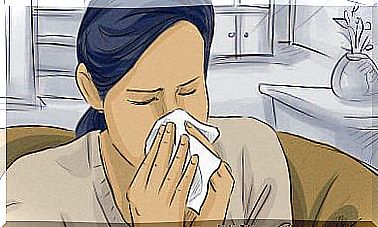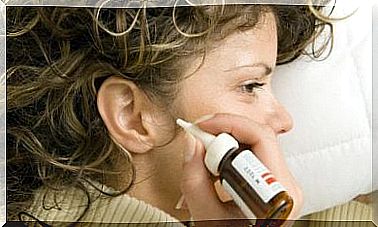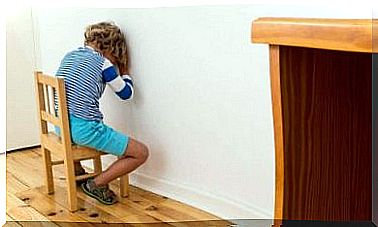7 Ways To Prevent Fungal Nail Infections
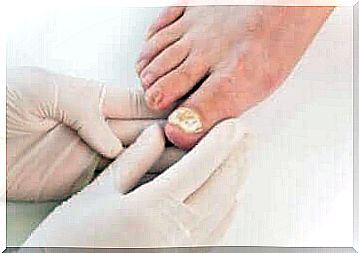
Fungal nail infections are not considered a serious health problem, but it is a condition that can cause a lot of discomfort. And once they’ve developed, it’s hard to eradicate them. Even if you are successful in fighting the infection, they will likely still return.
Nail fungus is also known as onychomycosis and is caused by microorganisms called dermatophytes. They feed on keratin, a protein found in nails and hair.
These microorganisms thrive in dark, warm and moist places. Therefore, the inside of shoes is a favorable place for them to settle. It is estimated that up to 14% of the world’s population suffers from fungal nail infections.
7 Ways to Prevent Fungal Nail Infections
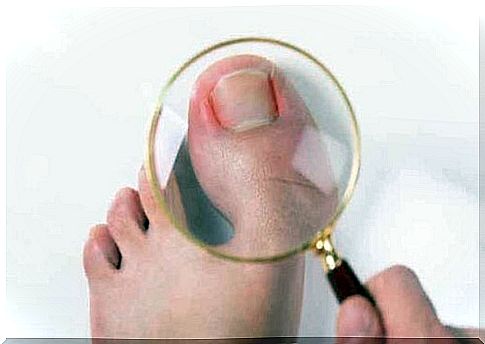
It is always better to prevent fungal nail infections than to have to cure them. The latter takes both a lot of time and perseverance to achieve, so the best thing to do is to avoid onychomycosis. The best way to achieve this is to take some simple preventative measures. We will give some tips below.
1. Protect your feet
It’s not always a good idea to walk around barefoot, especially in hot, humid areas such as swimming pools, gyms, spas, public showers, etc. Fungi can live on these surfaces and stick to the skin and cause problems . It is best to wear flip flops or sandals.
2. Cut your nails properly to avoid nail infections
Toenails should be kept short. It is best to use nail scissors or nail clippers for this, which should always be disinfected before use. Nails should be trimmed straight and, if necessary, trimmed with a file to smooth out the sharp edges. These materials are for personal use only and may not be shared with housemates.
3. Treat shoes with anti-fungal powder
A powerful measure to prevent fungal nail infections is to treat your shoes with antifungal powder. The same should be done with socks. It is best to do this before putting them on clothes as it prevents the growth of mold spores.
4. Footwear Recommendations
Good footwear management is a definite factor in preventing fungal infections. Recommendations in this regard include:
- Wear appropriate footwear. Toenails should not come into direct contact with shoes. It is best to wear shoes that are the right size and that offer plenty of room around the toes.
- Breathable material. Canvas or leather shoes provide more breathability and reduce the risk of developing fungal nail infections.
- Alternating shoes. It is best not to wear the same pair of shoes two days in a row, especially if they have become damp from sweat (Spanish link). It is better to alternate several pairs so that they can dry well.
- Antibacterial spray. It’s a good idea to spray shoes with antibacterial spray, especially if they’ve been worn without socks.
- Throw away shoes. At the end of treatment for fungal nail infections, it is best to throw away the shoes you have been wearing.
5. Foot Hygiene Is Key To Preventing Fungal Nail Infections
It’s a good idea to wash your feet with soap and water every day and then dry them well with a towel. This also applies to the area between the toes.
On the other hand, applying antifungal powders helps to reduce the presence of moisture in the area. Socks should also be washed daily and replaced as soon as they are wet.
6. Clean your nails well
When washing your hands and feet, don’t forget to clean your nails well and teach your children that too. It is advisable to rub them with soap to avoid the possibility of infection. Using a nail brush can be a good idea as many fungi settle under the nails. If you touch an infected nail, you should always wash your hands immediately with soap and water.
7. Other Recommendations
If the skin on your feet is cracked due to dehydration, it’s important to moisturize it. Thanks to these grooves, fungi can easily penetrate and settle under the nail. Lesions around the nails also need to be treated quickly so that they are a gateway for microorganisms.
It is not recommended to use nail polish or artificial nails if you have a fungal nail infection. In fact, it is best never to use these items as they can encourage the growth of microorganisms. It is important to ensure proper hygiene measures are followed when having a manicure or pedicure.
How do you recognize fungal nail infections?
There are several signs that you can recognize fungal nail infections. We list the most common problems and changes:
- Changes in nail color. A white spot or a brown or yellow streak can be a sign of a yeast infection. Sometimes the nails appear dark in color due to the buildup of dirt under the nail.
- Texture changes. Nails that are thickened, brittle, flaky, or have an uneven surface indicate the presence of fungus.
- Changes in shape. An abnormal nail shape may indicate a fungal nail infection.
- Pain or swelling around the nail.
- An itchy feeling in the area.
- Nasty odor that comes from the nails, even immediately after washing.
Risk Factors for Fungal Nail Infections
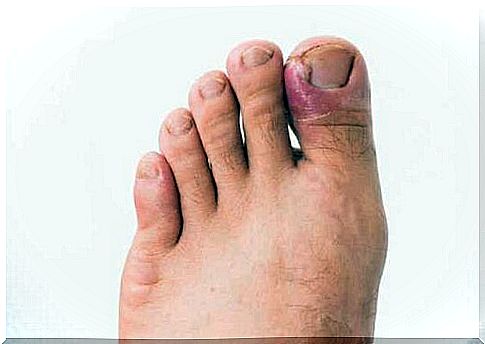
Older people are more at risk of developing a fungal nail infection. This is because nail growth is slower in old age. Also, the area’s blood flow is reduced and there is a longer history of mold exposure.
People with diabetes, like people with weakened immune systems, are also more susceptible to fungal nail infections. In people with athlete’s foot, it often happens that fungus spreads from the skin to their nails.
There is also an increased risk in people with a condition that causes skin lesions, such as psoriasis. Pregnancy and prolonged use of antibiotics also increase the risk, as do problems such as:
- overweight
- excessive sweating
- incontinence
Prevention is the best medicine against fungal nail infections
Fungal nail infections are difficult to treat. Usually home remedies are used first to get rid of it. However, if these are unsuccessful, the most sensible step is to consult a doctor. More specialized treatment may be needed to correct the problem.
There are times when antifungal medications are needed to eradicate the infection. In the most severe cases, it may be necessary to remove the nail completely surgically to correct the problem.


